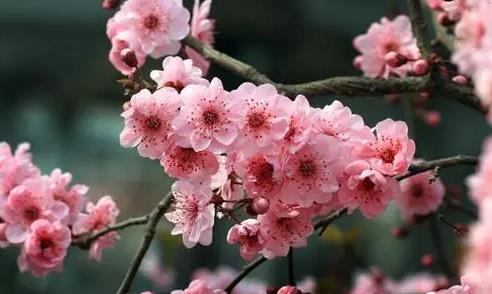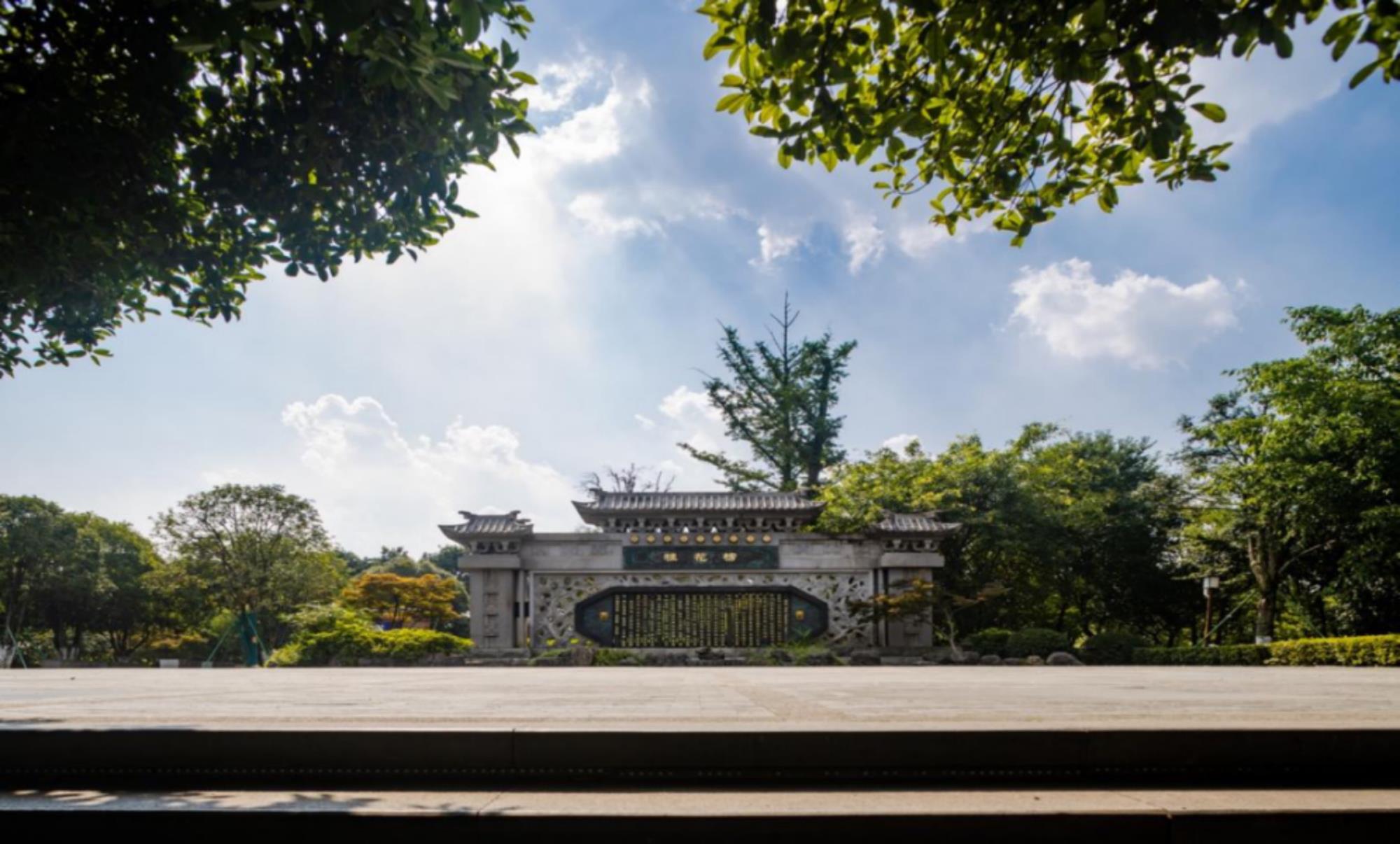
Plum (scientific name: Prunus mume Siebold & Zucc.): small arbor, sparse shrub, 4-10m high; Bark light gray or greenish, smooth; Branchlets green, smooth and glabrous. The leaf blade is ovate or elliptic, and the leaf edge often has small acute serration, grayish green. The flowers are solitary or sometimes 2 in the same bud, 2-2.5 cm in diameter, with strong fragrance and opening before the leaves; Calyx is usually reddish brown, but some varieties have green or green purple calyx; Petals obovate, white to pink. Fruit subglobose, 2-3 cm in diameter, yellow or greenish white, pilose, sour; The pulp and core are pasted; The nucleus is oval and slightly flat on both sides. The flowering period is winter and spring, and the fruiting period is from May to June.
Growth habit:
It likes light, warm and slightly humid climate, has a certain cold resistance, has less strict requirements on soil, is more resistant to barren soil, and can also grow normally in light alkaline soil. When planted on gravelly clay, gravelly loam and other soil with dense underlying soil, the branches are full and blooming, while the branches grown on sandy soil or sandy soil are often not full. It is most afraid of ponding. Do not plant at the air outlet. Long service life.
Curing method:
Plum trees need proper watering to keep the soil moist. Watering can be done every 1-2 days in spring and autumn, and 2-3 times a day in summer. It needs to be avoided from the hot time at noon. In winter, the principle of watering after drying can be followed to avoid ponding and rotten roots.




